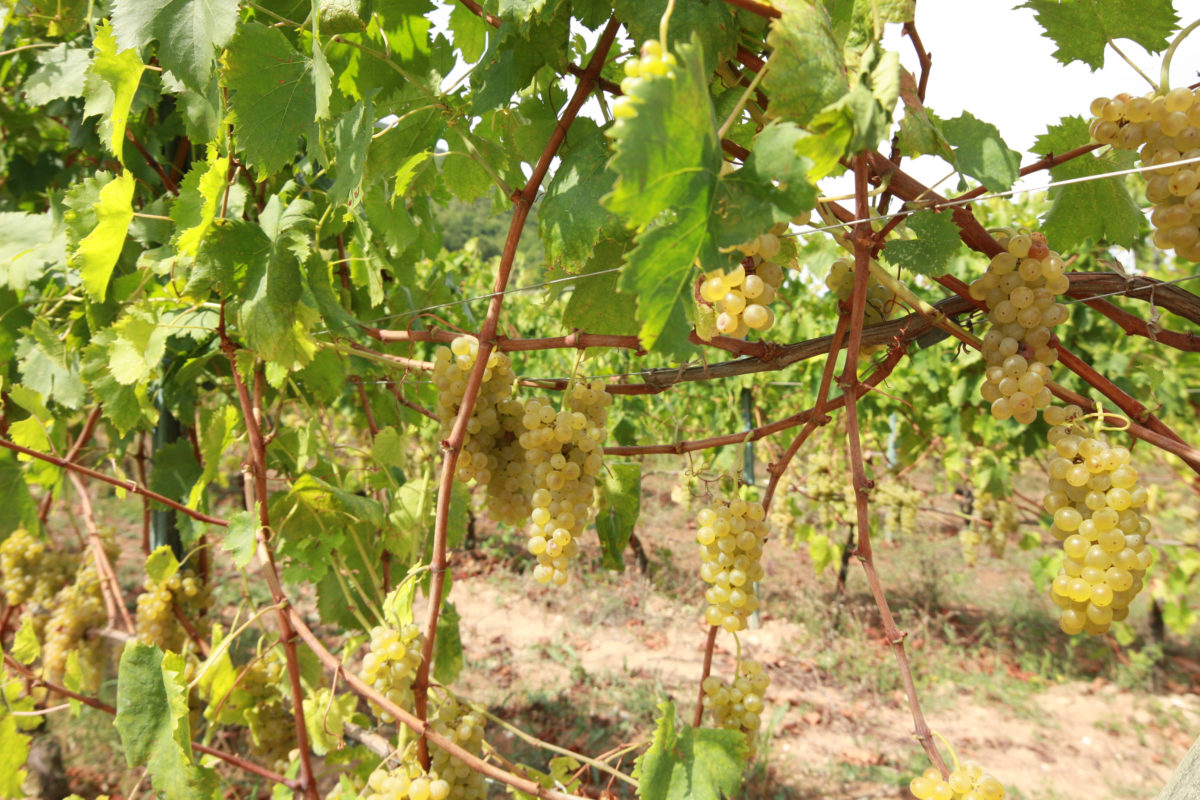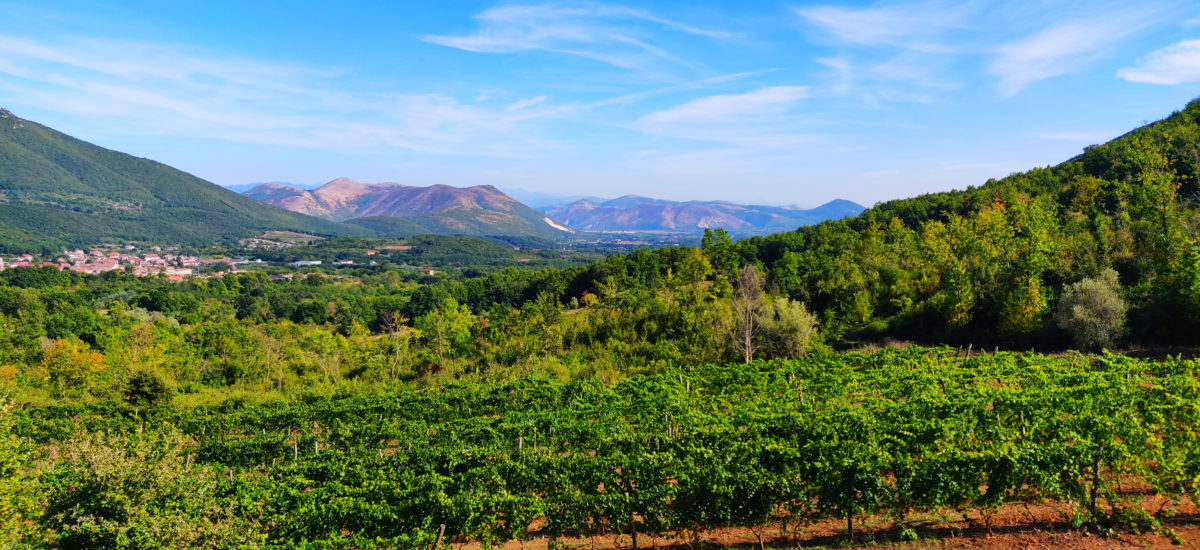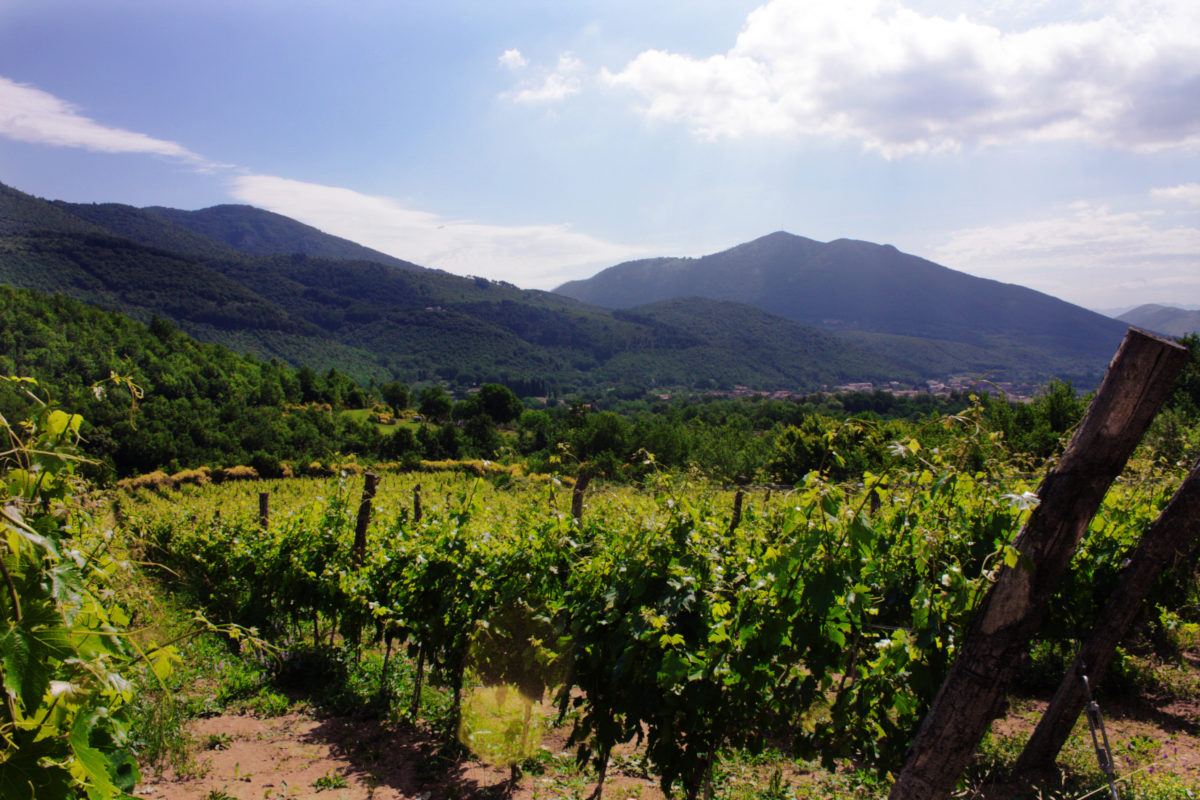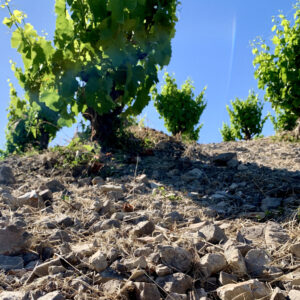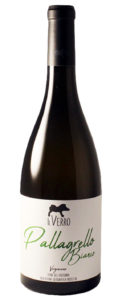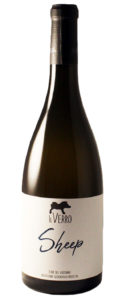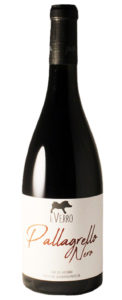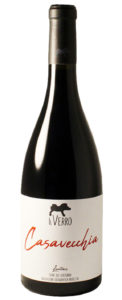“A piece of land on a gentle slope, completely invaded by brambles and weeds, has become the catalyst for the energies of friends eager to return to the ancient traditions of the native land.” — Cesare Avenia
The story of Il Verro is rooted in a friendship among five teenagers who met in the 1960s. Some 40 years later, they reconvened where they had spent their childhoods — in Alto Casertano. The allure was understandable: unspoiled verdure and forested mountains, memories and connection. It was this landscape, this context that inspired Cesare Avenia and his friends to call into life a haven of history and biodiversity. Amid 14 hectares of olive, walnut, and cherry trees are 4 hectares reserved for vines — all wildly rare grapes indigenous to this remote reach of northern Campania. “Our mission,” says Cesare, “is to enhance our viticultural heritage and make wines that follow the traditions linked to the territory.” Volcanic soils and relative poverty have discouraged both phylloxera and replanting, gifting the region with a wealth of native grapes — among them casavecchia, pallagrello nero and bianco, and the ultra-rare coda di pecora. Respect for these historic varieties and a desire to understand them as they have adapted to the singular climate and terroir of Alto Casertano compel Cesare and his team to organic farming practices and a purist cellar style. The freshness, intensity, and directness of Il Verro’s wines speak to the primacy of its mission, its varieties, its place.
Alto Casertano
Alto Casertano falls between Campania’s better known regions. It has no DOC. Its terrain remains quite uncharted for viticulture. Within the embrace of forested peaks and three natural parks, the Volturno river courses to the Gulf of Gaeta. Wild boar (in local dialect ‘u verru, hence Il Verro) have had the run of the place since at least the time of the Bourbons. “The variety of the landscape and the healthy, ‘sparkling’ climate make Alto Casertano an unspoiled place of environmental, natural, and archaeological interest. Discovering this land means discovering ancient origins and a priceless wealth of history, folklore, and charm,” Cesare avows.
The region’s relative obscurity is sheltering. “It is rich in rare, autochthonous vines and is one of the richest in biodiversity in Italy,” explains Cesare. “At Il Verro, we have rediscovered coda di pecora (in English, tail of the sheep), which risked extinction.” Campania is a trove of native grapes, with many still uncatalogued or lost in a sea of synonyms. Even in this context, coda di pecora stands out as among the most obscure. Il Verro is the only producer in the world to grow and bottle it as a monovarietal wine.
Cesare Avenia and Vincenzo Mercurio
Decades ago, Cesare left Caserta for a career in telecommunications that took him around the globe and to many great wine regions. In 2003, he began to reexamine the world he had left behind. Wines of his region “did not, at the time, adequately enhance the richness of the wine sector,” he explains, “When I chose to come back to my origins, it was important to me that the grapes come from fully owned and native vineyards, characterized by rich lava soils, facing southeast and southwest, where there are significant temperature shifts between day and night. The development of my region’s vinous patrimony and the production of fine organic wines that follow the traditions linked to my home terroir is my philosophy.”
Today, Cesare leads Il Verro. He recognized early on that his lack of agricultural training would require him to employ an expert, preferably one steeped in local culture and traditions. He found this, and more, in a consultant named Vincenzo Mercurio. Vincenzo, says Cesare, “works with a method that respects the grape variety, the territory, and the people who animate it. Committed to the historical recovery of many endangered vines, he believes that Italy has an ampelographic heritage that still holds many opportunities. As a strong supporter of the organic way of life, he participates in round tables and seminars aimed at providing practical tools to live organics as a philosophy of life, not as a sterile operational protocol. His motto: ‘Wine is the history of the land, of vines, and of men.’”
Vineyards, farming, and varieties
Since 2013, farming at Il Verro is strictly organic. The vineyards, on the gentle slopes of Monte Maggiore, have variable exposures from southeast to southwest, at an average altitude is 300 meters [nearly 1,000] above sea level. Diurnal shifts are significant. All vines are 15 years old and pruning is both guyot and a traditional form of the area, known as garland. Planting density is 4,000 vines per hectare. Cesare describes his soil types as “clay/sandstone-clay, rich in clay fragments, strips of varicolored clays, frequent and, sometimes voluminous, exotic carbonate.”
All of his vines are native or nursery clones from neighboring territories. “The benefits of working with ancient autochthonous vines are that these vines are in harmony with the ecosystem and they retain distinct characters that cannot be found elsewhere.”
Pallagrello bianco and nero are two in a cadre of native Italian grapes abandoned in the last century, increasingly adored in the present. In the 18th and 19th centuries, the local ruling family treasured these varieties, earning them a spot in the royal vineyards, as Ian D’Agata points out in his Native Wine Grapes of Italy. But, the author notes, by the late 20th century, no one in Italy was producing a monovarietal pallagrello wine. Cesare explains that forces of powdery mildew and phylloxera “decreed a fast disappearance and substantial oblivion despite the undoubted qualities of these grapes.” Now he and a small handful of other producers are committed to their revival. Pallagrello bianco has always been most at home in northern Campania, where the climate suits its high-acid profile and tempers its inclination to rapid sugar accumulation. Pallagrello nero was once grown throughout Campania but has since retreated to Caserta, where it can best develop its soft tannins and characteristic notes of black fruit, black pepper, and herbs.
Casavecchia’s story traces a similar arc of near loss and rediscovery. Little is known about the grape’s heritage, which, Cesare notes, is the very reason it is so fascinating to pursue. “What is clear,” D’Agata proclaims, “is that it has found its protectors in Caserta. Despite its poor productivity and low vigor, Casavecchia is here to stay.” Cesare, of course, sees the natural advantage in low yields. The Lautonis bottling is raised in stainless steel, while the Montemaggiore sees 15 to 18 months in tonneau. The wines are supple and delicate with a marked herbaceousness.
Cesare cheekily labels his coda di pecora as Sheep. “Its name derives from the shape of the cluster, which resembles the tail of a sheep,” he notes. “After many years of confusion between coda di pecora and coda di volpe (tail of the fox), in 2005 we performed a DNA examination that certified the grape’s individuality and initiated the procedure for registration among the vines officially recognized by the Italian authorities. Precisely because this procedure has not been completed, the name of the vine may not appear on the label. Hence, Sheep.” The wines are savory and mineral, with intense aromas and flavors of ripe white peach, leading to a clean, pleasingly bitter finish.
In the cellar
“The style of my cellar is based on purity and naturalness,” says Cesare. “We like to experiment and adjust the vinification technique to simplicity and respect for the grapes.” Following hand harvest into small, protective baskets, the grapes follow a similar course in the cellar: destemming and gentle pressing followed by fermentation in temperature-controlled 10,000L stainless steel tanks.
Sheep was the first Il Verro wine to be spontaneously fermented, starting in 2018 (Cesare says experiments with native yeasts for other white varieties are ongoing). Beyond this, the wine sees the same cellar treatment as the other whites.
Casavecchia Lautonis is vinified just as Sheep and Pallagrello Bianco are, but then, after racking off the gross lees, it waits for the completion of malolactic fermentation in steel, and then another racking is done. The wine is raised in steel tanks until April or May, when it emerges with intense and lively notes of ripe red fruit, berries, and violets, structured but supple.
Pallagrello Bianco is straw-yellow, with a nose of melon, almond, broom flowers, and mint. On the palate, it is fresh and long. Pallagrello nero is vinified in the same fashion as Casavecchia-Lautonis, but gives an altogether darker, more savory wine with an alluring nose of fresh fruit, almond, and broom flowers and soft, integrated tannins. The essence of Il Verro’s wines are “flavor, minerality, and persistence,” says Cesare. “All my wines have a high aging potential, the whites at five to eight years and the reds at 10-15.” Together, they offer an insight into the terroir and tradition of a place very few have yet discovered.

